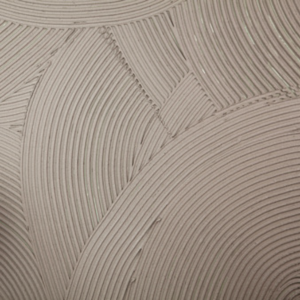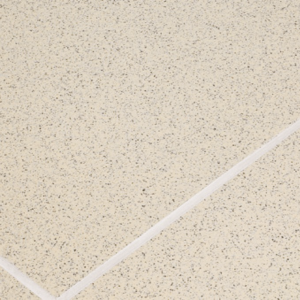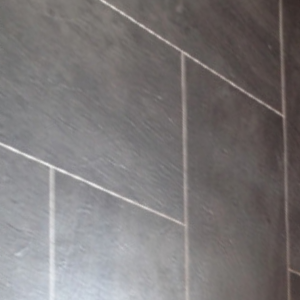
Underfloor heating has a floor surface temperature of approximately 26˚C for most applications. However, some systems, where the building heat loss is high, will require a surface temperature up to 29˚C.
This is dependent on the floor finish manufacturer’s instructions as they may stipulate a maximum floor temperature. The underfloor heating system should be designed to suit these requirements, although this may mean a reduction in heat output.

Our products have been designed and tested to work effectively with a tiled or decorative floor finish using adhesive and anti-fracture matting. When installed correctly as per the manufacturers instructions, a secure and flexible bond that will not deteriorate, break or lead to an uneven floor finish once tiles have been applied can be achieved.

OMNIE has long experience of how UFH is the best way of caring for a hardwood floor. Timber changes dimension due to changes in its moisture content, and this varies naturally throughout the year. The challenge is to keep the moisture content of the upper and lower surfaces of the timber the same. If they do, the timber floor will stay perfectly flat. If they don’t, it will crown or cup. The first step is to lay the timber floor with a moisture content of 8–10%. The second is to ensure the UFH turns on gradually at the beginning of each heating season, which can be assured by using programmable room thermostats and leaving the heating on.

These materials have a low thermal resistance that makes them very suitable for underfloor heating. Consideration must be given to expansion gaps and the suitability of adhesives used to bond the tiles to the subfloor. Underfloor heating is suitable for use under any ceramic or natural stone floor tiles, including slate, marble, porcelain, terracotta and limestone. Ceramic tiles and stone finishes are both good conductors of heat and as a result are very well suited to underfloor heating. Care must be taken when laying over suspended or batten floors. The tiles should be properly supported and the tile manufacturer’s instructions must be followed.

Our general advice is to avoid carpets and underlay having thermal resistance greater than 1.5 Tog. Underfloor heating is more effective when used with carpets and underlay with lower combined Tog values. This enables heat to be transferred to the emitting surface of the carpet more easily. The higher the Tog value of the carpet and underlay, the greater the reduction in output from the underfloor heating system. If your intended finish is greater than 1.5 Tog then please call us and we will check the performance of your underfloor heating system.

Vinyl is usually suitable for underfloor heating, although this is dependent on thickness. Thick rubber tiles may inhibit heat output. Advice should be sought from the manufacturer on the maximum surface temperature the vinyl can reach.